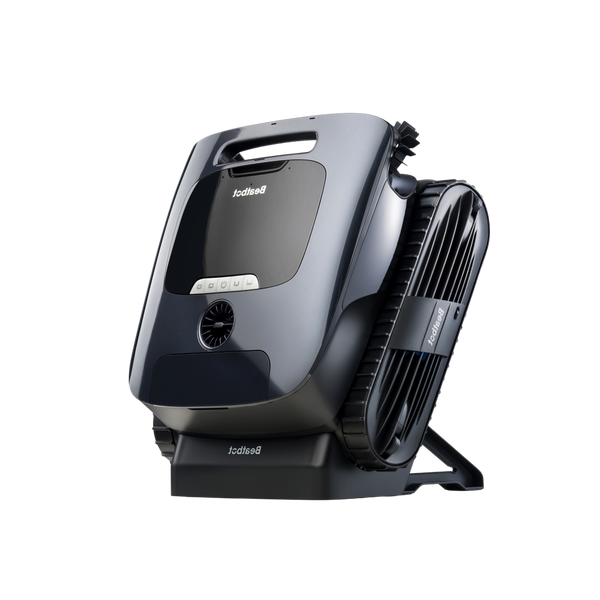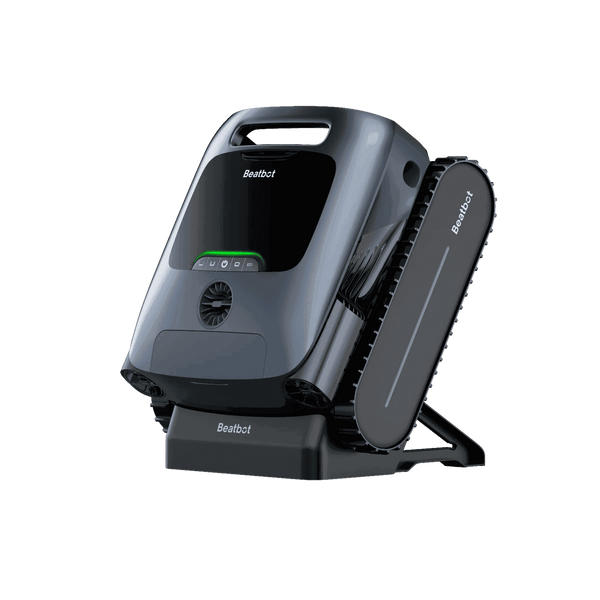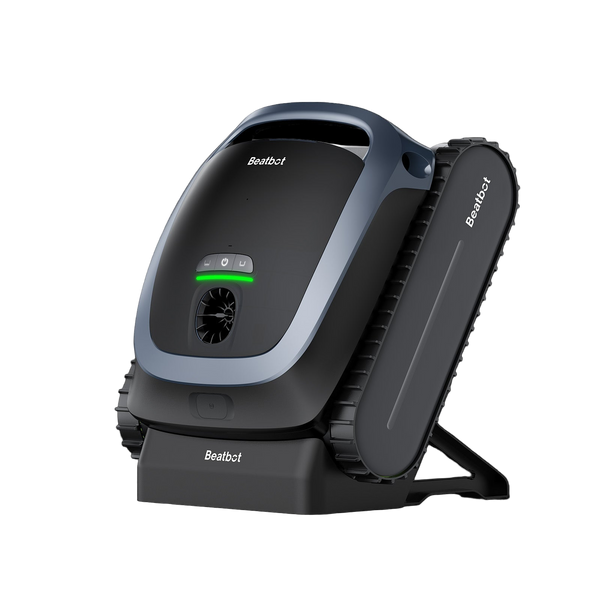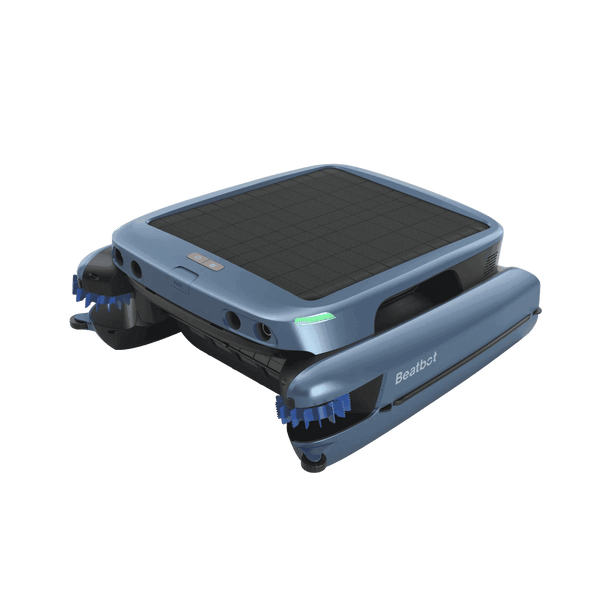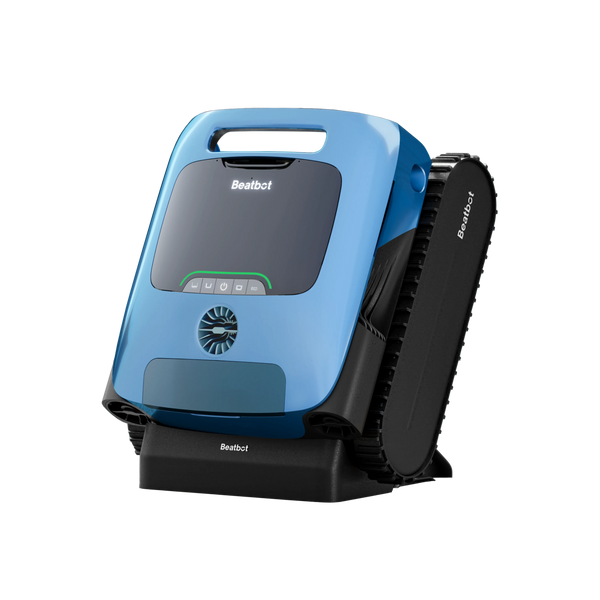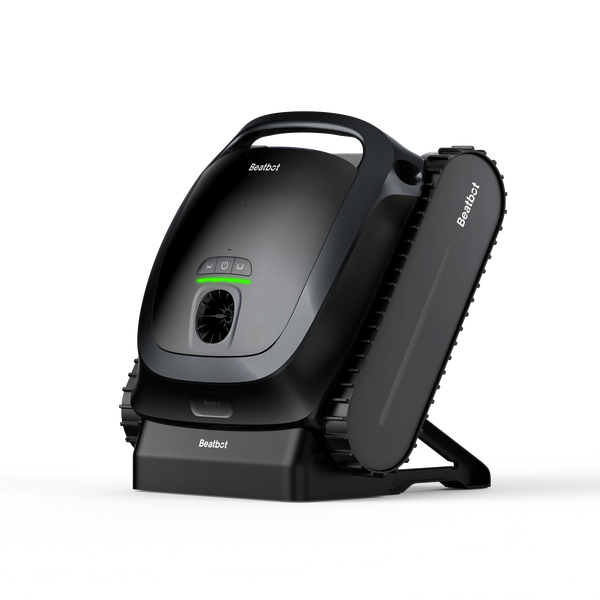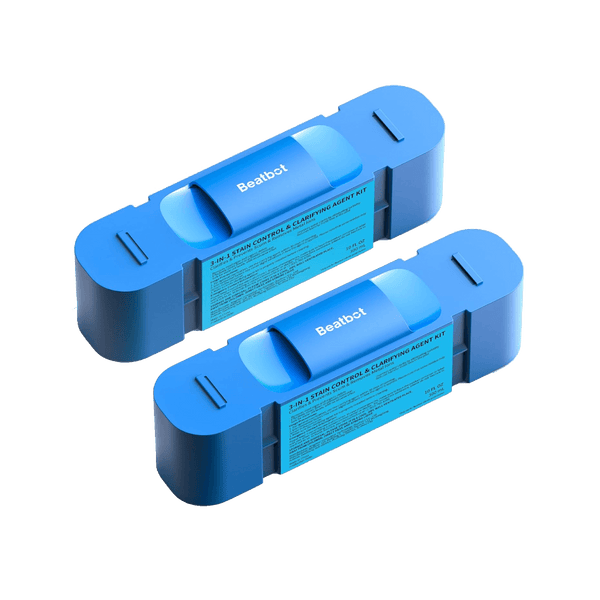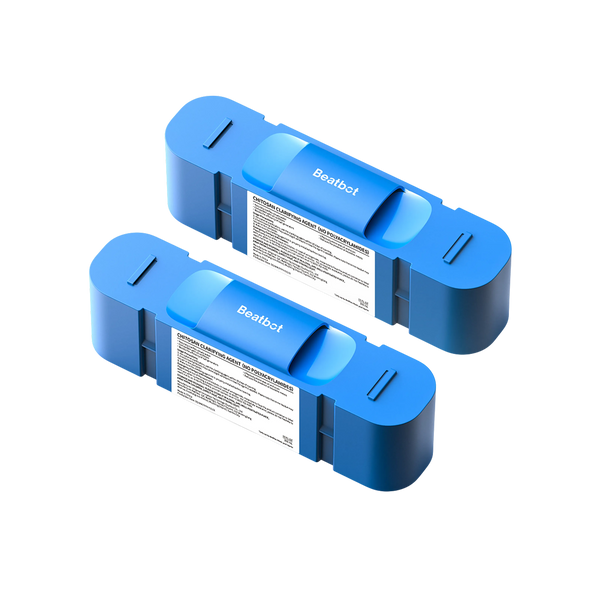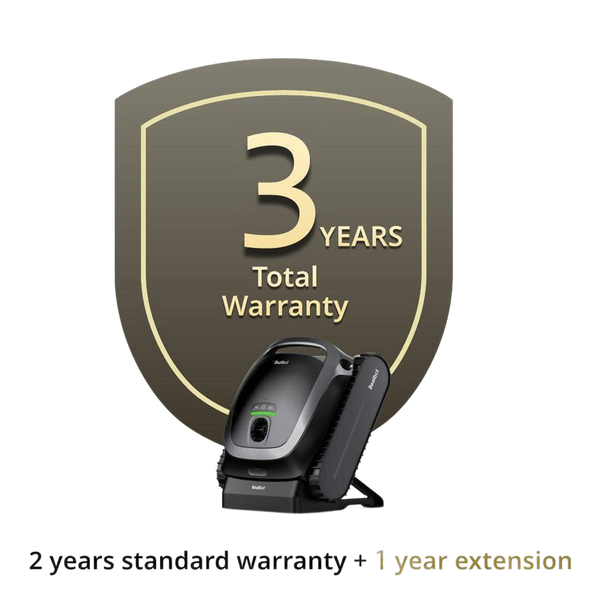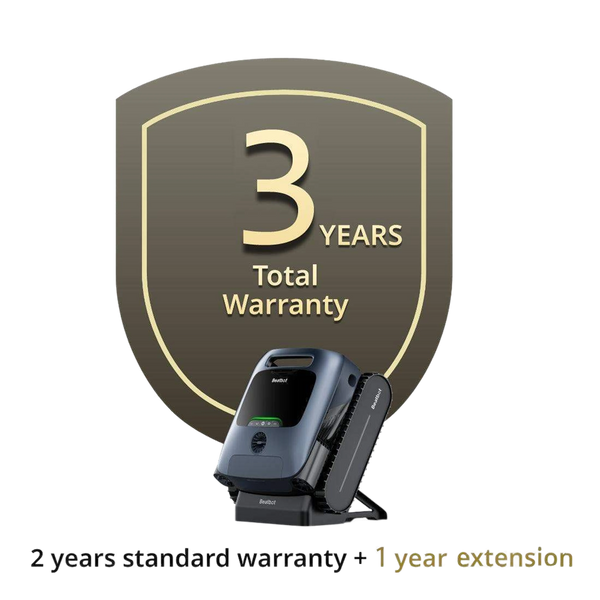Pool Pump Power-Up: Essential Priming Techniques
A swimming pool is a major investment and requires consistent upkeep to continue to be used for years to come safely and easily by anyone who enters the water. The pump is one of the most essential parts of a pool system, helping to circulate water, filtering particles, and maintaining chemical levels in the water. In order to perform at its best, your pool pump needs to be primed correctly. In this guide, we will cover the steps and tips on how to prime your pool pump.
Table of contents

Why Do I Need to Prime a Pool Pump?
Priming a pool pump is filling the pump suction side, so it creates a vacuum and will suck water from the pool. Priming is essential because without it, there might be difficulties in the pumping action of drawing water, which could decrease performance, cause wear and tear on the pump, and damage the pump.
Steps to Prime Your Pool Pump
Turn Off Power
Before beginning, make it crystal clear that you turn off the pump and unplug it to prevent any hazards.
Check the Pump Lid
Get started by opening the pump lid and taking a look into it for any debris or obstruction in the way of getting it primed. Clean the pump if necessary.
Locate the Priming Port
Locate priming port or port hole pump. It is typically a small hole or port on the body of the pump.
Fill the Pump with Water
Fill the pump with water, using a garden hose or a bucket. Fill up the priming port, and let it overflow with water. So, this guarantees that you have water in the pump and forms the required vacuum.
Close the Lid and Vent
Fill the water into the pump and then close the pump lid tightly and then close the vents entering the air into the pump.
Turn On the Pump
After filling the pump and closing the lid, plug the power supply back in and start the pump. You can identify it by the distinctive noise of the pump sucking in water. If the pump has difficulty or sounds funny, shut it off and prime again.
To ensure your pump is fully primed, observe the clear lid for what is known as a "double cyclone" effect. This visual cue indicates that the water is circulating efficiently. Additionally, check your return line—there should be no air bubbles escaping. These indicators confirm that your pump is operating at its best, allowing for optimal performance.
If any issues arise, don't hesitate to repeat the priming process. Your pump's health is crucial for maintaining a clean and enjoyable pool environment.
Troubleshoot Priming Issues
If the pump doesn't start sending out water after 10 seconds or you don't see any water entering from the inlet side, take immediate action. Turn the pump off and close all valves to prevent damage. Then, refill the pump housing to ensure there's enough water available for proper priming.
Avoid running the pump dry, as this can lead to overheating and damage. Repeat the initial steps of filling and starting the pump until you see water coming out from the inlet side. Persistence is key to resolving priming issues.
Check for Air Leaks
If the pump is already operational, look for air leaks around the lid of the pump or unions. Pumps may fail to prime properly due to air leaks, which can disrupt the flow of water.
Remove Air from the Pool Pump
To effectively remove air from the pool pump, start by opening the pump housing. Fill the basket area completely with water. This crucial step helps ensure that the pump has enough water to create a proper seal.
Once the basket is full, quickly close the lid to retain as much water as possible before it flows back into the pool. This quick action helps maintain the necessary pressure and aids in priming the pump.
Additionally, locate the bleed valve on top of the filter. Opening this valve can release trapped air, further assisting in the priming process. This method is particularly useful in ensuring that the pump operates efficiently without air blockages.
By addressing both potential air leaks and directly removing air, you can enhance the performance of your pool pump and maintain a smooth operation.
Monitor the Pressure Gauge
Monitor the pressure gauge so that the pump does not exceed the recommended pressure range. Keeping an eye on the pressure helps ensure the pump operates within safe limits, preventing potential damage.
By following these steps, you can effectively troubleshoot and resolve issues during the priming process, ensuring your pump operates smoothly and efficiently.
Setting the Multi-Port and Checking Valves During Priming
1.Adjust the Multi-Port: Begin by turning the multi-port valve to the "Filter" position. This setting ensures that water will circulate through your system properly during the priming process.
2.Inspect Valve Positions: Examine each valve in your plumbing system. All valves need to be open to facilitate unimpeded water flow. Check the handles visually and ensure they are aligned parallel to the pipes; this indicates they are in the open position.
3.Secure All Connections: Before proceeding, verify that all plumbing connections are snug and secure. This helps prevent any leaks and maintains system efficiency.
4.Listen and Observe: As water begins to flow, pay attention to any unusual sounds or irregularities. Adjust the valves as needed to ensure smooth operation.
By following these steps, you’ll ensure a trouble-free priming process.
How Long Should It Take for a Pool Pump to Prime?
Priming a pool pump is a crucial step to ensure it operates correctly. Typically, a well-functioning pool pump should prime within a matter of seconds, generally between 1 to 20 seconds.
If your pump takes longer than this, it could be a sign that air remains trapped within the system. This could stem from improper installation, leaks, or blocked pipes.
Troubleshooting Tips:
- Check for Leaks: Inspect connections and seals for any leaks. Replacing worn-out O-rings might be necessary.
- Clear Blockages: Ensure that debris isn't obstructing the pump or skimmer baskets.
- Tighten Fittings: Make sure all fittings are adequately tightened to prevent air from entering the system.
Ensuring your pool pump primes correctly can help maintain optimal performance and extend the lifespan of your equipment.
When to Call a Professional for Pool Pump Issues
Owning a pool is a great luxury, but it also comes with its own set of maintenance challenges. Among these, problems with the pool pump can be particularly perplexing. Here’s when you should consider calling in the experts:
Trouble Priming the Pump
If you're struggling to get your pool pump started, it might be more than just a simple hiccup. A pump that won’t prime is often an indicator of deeper issues, such as air entering the lines. This can result from leaks, blockages, or worn-out seals. Since tracking these problems can be complex, a professional assessment is advisable.
Loss of Prime
A pump that initially starts but then loses its prime is a red flag. This situation typically suggests that air is seeping into the system, potentially from multiple sources. An expert can efficiently trace and resolve these issues, preventing further damage to your pump and ensuring your pool remains in top condition.
By understanding these signs and taking timely action, you can keep your pool running smoothly without the hassle of prolonged downtime. When in doubt, don't hesitate to reach out to a professional for a thorough inspection and repair.

Tips for Optimal Priming
- Preventive Maintenance: Be sure to regularly clean your pool pump and filter, so that dirt does not accumulate and prevent priming.
- Inspect the Impeller: Make sure the impeller itself is not broken or excessively worn because this can hinder the ability of the pump to prime.
- Utilize a Pool Vacuum: Using a pool vacuum will get dirt and debris out of the pool, so the pump can more easily prime.
- Check the Strainer: Check the strainer from time to time in order to see if it is clean because a clogged strainer means more difficulties to prime the pump.
How to Prime Your Pool Pump for the Winter
Preparing your pool pump for winter is essential to prevent damage from freezing temperatures. Here’s a step-by-step guide to ensure your pool pump is ready for the colder months:
-
Complete the Priming Process:
- Begin by ensuring that your pool pump is fully primed, which means that it's filled with water. This is crucial as it prevents the pump from running dry and getting damaged.
-
Add Antifreeze:
- After priming, introduce a food-grade antifreeze, such as propylene glycol, into the pump. This step is vital to prevent any residual water from freezing and expanding inside the pump, potentially causing cracks or other damage.
-
Secure Plugs and Valves:
- Make sure to tighten all drain plugs and test valves. This will keep the antifreeze contained and ensure there is no leakage, which could compromise the effectiveness of the winterization process.
-
Protect and Wrap:
- Carefully wrap the pump in a protective layer, like bubble wrap, while leaving room around the motor for airflow. This added insulation helps in keeping cold temperatures at bay, reducing the risk of freezing.
Taking these steps will help safeguard your pump against harsh winter conditions, ensuring it's in top shape when you're ready to open the pool again in the spring.
Conclusion
There are ways to extend the life of your pool pump, and one of those ways is to make sure that you are properly priming it. So, if you follow the steps in this guide and the tips as well, you will definitely have an effective pool pump that supplies your pool with clean, clear water for your exciting swimming experience. As a reminder, maintenance and inspection are critical to optimal pool function.
Relative Blogs
About the author
